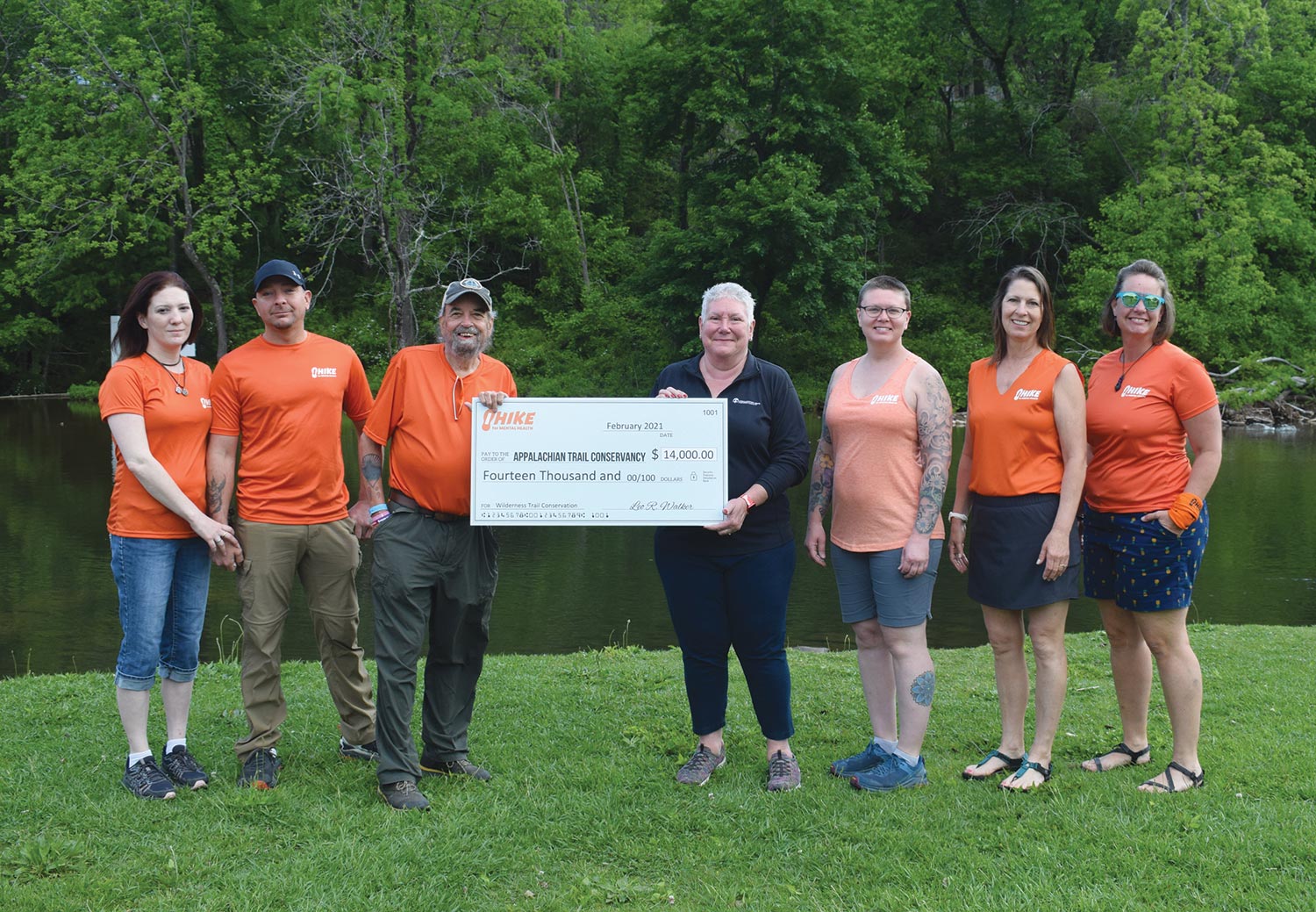It also struck me how the work that the Appalachian Trail Conservancy (ATC) has done these past few years has helped to keep people connected and engaged, even when they could not be physically together out on or along the Trail. Visitors from all over the world stopped by the ATC’s booth, in front of the soon-to-be-open Damascus Trail Center, to let us know how excited they were to be back and engaged with the A.T. and its community. Some were previous hikers, reconnecting with their fellow hiking class members, while many were currently undertaking long sections or attempting to thru-hike the entire Trail. Our international visitors were excited to finally be able to travel to the U.S. for their adventure; many had been waiting two plus years to undertake their hike. And then there were all the other festival attendees, some new to the idea of the Trail, and some familiar and looking to connect with fellow dreamers. It seems as if the isolation we have gone through the last few years only strengthened people’s desire to experience all the A.T. has to offer. And it is a testament to the ATC’s work that we have been able to keep people connected virtually until we were once again able to come back in person.

By having to restrict our human interactions over the last few years, our need for interconnectedness is greater than ever. The ATC has always understood that the treadway of the A.T. cannot exist without the landscape that surrounds it and that the Trail is not just a place but a collective experience of all who have and will set foot on it. To ensure it not only continues to exist, but also thrive and adapt, will require that we all continue to connect — not just to use and enjoy the Trail, but to steward it through these and future challenges. And the ATC will continue to do what it does best: connecting the Trail to the landscape and to the individual and offering each hiker, supporter, volunteer, and dreamer a path back to themselves and each other.
